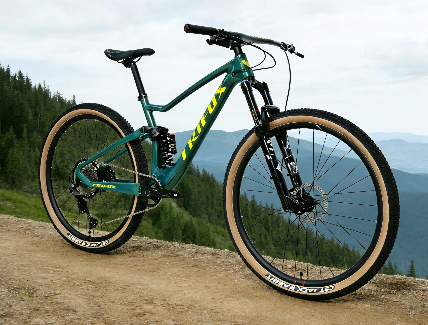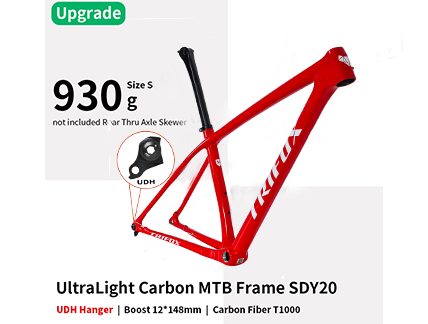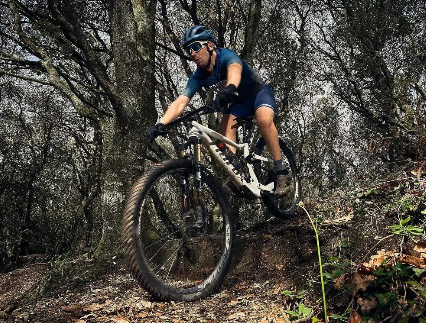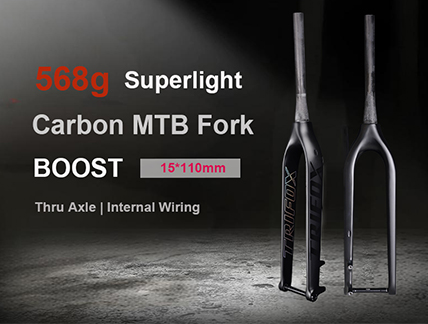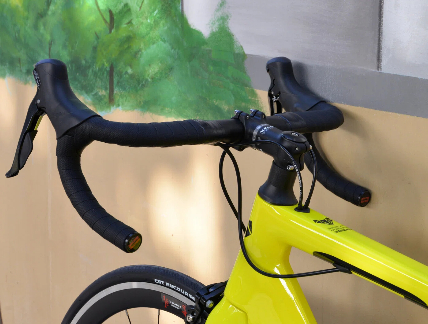What is Enduro Mountain Biking?
Enduro mountain biking is a multi-stage, timed racing format that combines the technical downhill prowess of downhill mountain biking with the physical endurance of cross-country racing. It involves riding on a diverse range of terrains, including rocky descents, steep climbs, and technical trails. Enduro races typically consist of several timed downhill stages, interspersed with untimed transfer stages where riders pedal from one stage to another.
Features of Enduro Mountain Biking:
1. Varied Terrain: Enduro mountain biking takes riders across a wide array of terrains, including forest trails, rocky descents, and challenging climbs. This diversity tests the rider's adaptability and requires a range of skills to navigate through each stage.
2. Timed Stages: Unlike traditional mountain bike racing, enduro events focus on timing selected downhill stages. These timed sections are often technical, demanding riders to exhibit their speed and control skills while descending.
3. Transfer Stages: Between timed stages, riders must pedal uphill or traverse flat terrain within an allocated time. These transfer stages test the rider's endurance and fitness as they navigate between the downhill sections.
4. Self-paced: Enduro mountain biking is often referred to as a race against the clock, not against other riders. Riders start the stages at specified intervals, allowing them to ride at their own pace and choose the best lines while maintaining control.
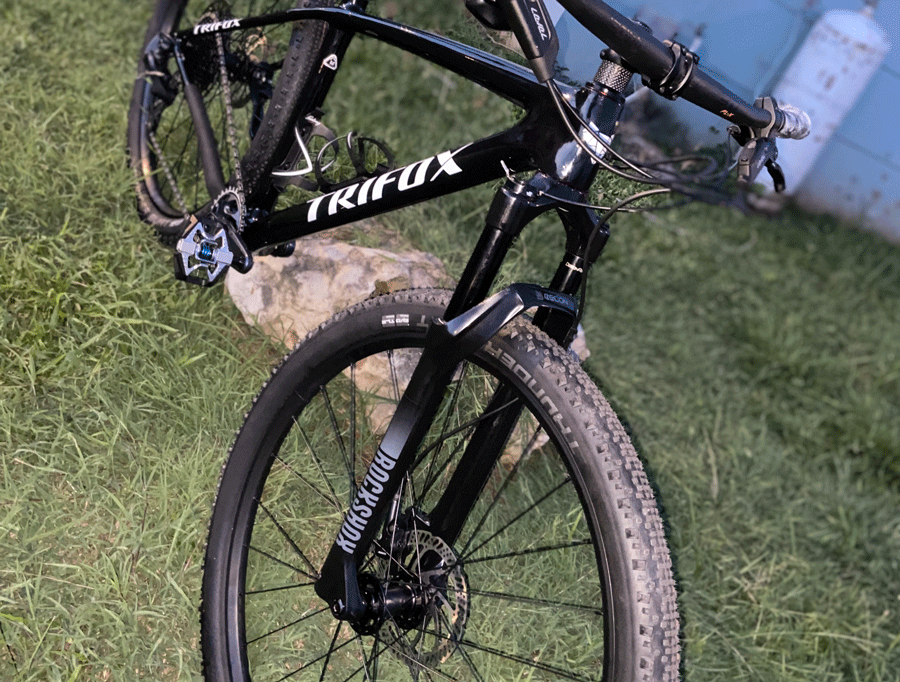
Equipment for Enduro Mountain Biking:
1. Mountain Bike: An enduro-specific mountain bike is designed to handle the demanding terrain. It typically has full suspension, larger wheels (27.5" or 29"), and robust components to offer stability, control, and durability.
2. Protective Gear: Safety is paramount in enduro mountain biking. Riders should wear a well-fitted helmet, knee and elbow pads, gloves, and sturdy footwear to protect themselves from potential crashes and injuries.
3. Clothing: Comfortable and breathable clothing that allows freedom of movement is essential. Moisture-wicking jerseys, padded shorts, and appropriate footwear are recommended.
Skills Required for Enduro Mountain Biking:
1. Technical Descending: The ability to navigate technical descents while maintaining control and speed is crucial. Riders must master techniques such as cornering, braking, jumping, and maintaining balance over challenging obstacles.
2. Climbing: Strong climbing skills help riders tackle the steep ascents between stages efficiently. Efficient pedaling techniques, body positioning, and the ability to maintain balance on uneven terrain are essential to conquer these uphill challenges.
3. Endurance: Enduro mountain biking requires a high level of physical fitness and stamina to tackle long days in the saddle. Regular cardio training, strength exercises, and core stability training are beneficial for endurance building.
Conclusion:Enduro mountain biking is a dynamic and exhilarating sport that combines the best elements of downhill and cross-country riding. As riders traverse varied terrain, tackle timed stages, and put their skills to the test, enduro mountain biking offers an adrenaline rush like no other. For those seeking a true adventure on two wheels, exploring the world of enduro mountain biking is an absolute must.






























































